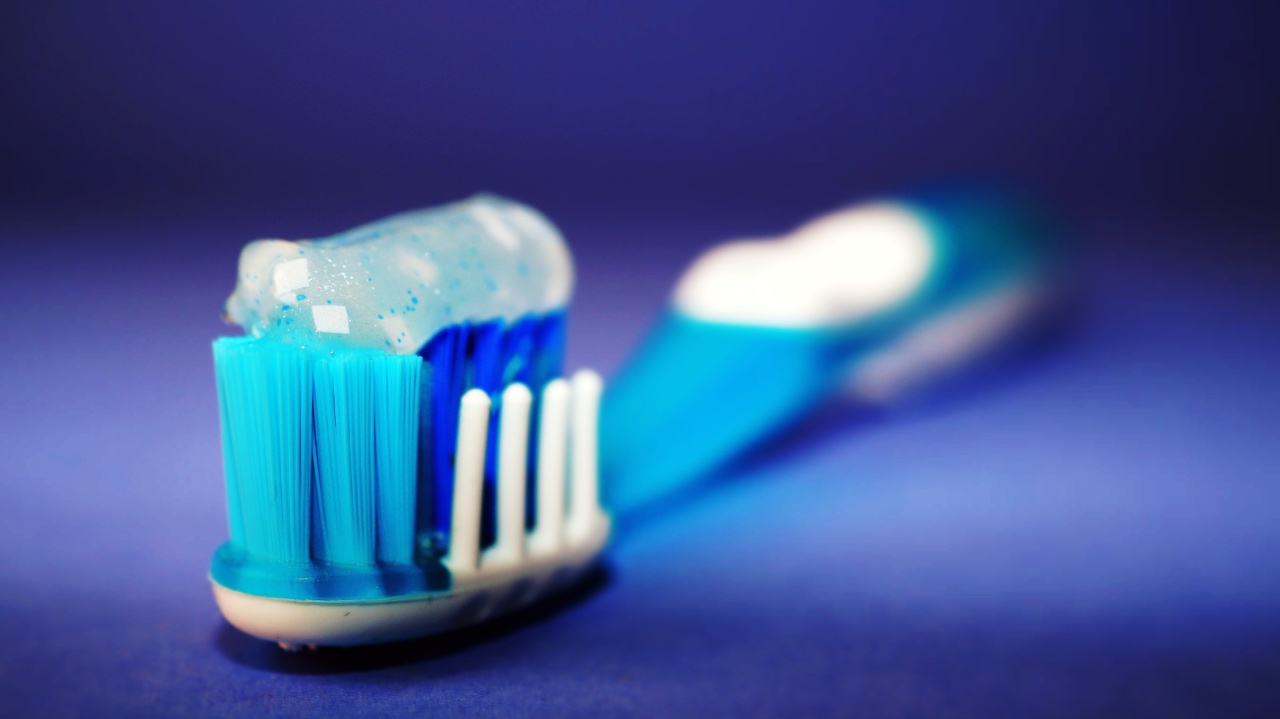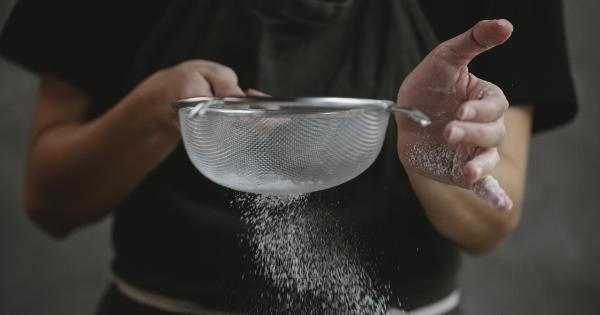Having a bright and sparkling smile can do wonders for your overall appearance and confidence.
While there are numerous toothpaste brands on the market claiming to whiten your teeth, they often contain harsh chemicals that can damage your enamel and cause tooth sensitivity. Fortunately, there are natural alternatives that can effectively whiten your teeth without the risks associated with commercial toothpaste.
In this article, we will explore various natural methods that will help you achieve a radiant smile better than any toothpaste.
1. Oil Pulling
Oil pulling is an ancient Ayurvedic practice that involves swishing oil in your mouth to eliminate bacteria and promote oral health. You can use coconut oil, sesame oil, or olive oil for this method.
Simply swish one tablespoon of oil in your mouth for about 15-20 minutes, making sure to cover all the surfaces. Spit out the oil in a trash can (avoid spitting in the sink) and rinse your mouth thoroughly with water. Oil pulling not only improves oral hygiene but also helps remove stains and brighten your teeth.
2. Baking Soda
Baking soda is widely known for its teeth whitening properties. It acts as a mild abrasive and helps remove surface stains from your teeth. Simply mix a small amount of baking soda with water to form a paste.
Gently brush your teeth with this paste for about two minutes and rinse thoroughly. It’s important to note that excessive use of baking soda can erode your enamel, so it’s recommended to use it no more than a couple of times per week.
3. Lemon Juice
Lemon juice is a natural bleaching agent that can be effective in whitening your teeth. However, it’s crucial to use it sparingly as the acid content can erode the enamel if used excessively.
Mix a few drops of lemon juice with water and use it to rinse your mouth after brushing. Alternatively, you can rub a small amount of lemon juice directly on your teeth using a cotton swab. Remember to rinse your mouth thoroughly with water afterward to remove any traces of acid.
4. Hydrogen Peroxide
Hydrogen peroxide has been used for teeth whitening for many years due to its bleaching properties. However, it’s important to use it correctly to avoid enamel damage. Create a solution by mixing equal parts hydrogen peroxide and water.
Swish the solution in your mouth for about a minute and then spit it out. Rinse your mouth thoroughly with water afterward. It’s advisable to use this method only once or twice a week to prevent tooth sensitivity.
5. Apple Cider Vinegar
Apple cider vinegar has natural teeth whitening properties, but it should be used cautiously due to its acidic nature. Mix two teaspoons of apple cider vinegar with water and swish it around your mouth for about 30 seconds.
Rinse your mouth thoroughly with water afterward to minimize the acid’s effect on your enamel. It’s essential not to use apple cider vinegar daily to avoid enamel erosion.
6. Activated Charcoal
Activated charcoal is a popular natural remedy for teeth whitening. It works by adsorbing toxins and stains on the teeth’s surface, leaving them looking whiter. Wet your toothbrush and dip it into activated charcoal powder.
Gently brush your teeth for about two minutes and rinse thoroughly. Be cautious as activated charcoal is abrasive and can wear down your enamel if used excessively. Use this method sparingly, such as once a week, to prevent damage to your teeth.
7. Eating Crunchy Fruits and Vegetables
Crunchy fruits and vegetables like apples, carrots, and celery can naturally help whiten your teeth. Their firm texture acts as a natural toothbrush, scrubbing away plaque and surface stains.
Additionally, they promote saliva production, which aids in neutralizing acid and maintaining oral health. However, it’s important not to substitute brushing your teeth with consuming these foods, as they only provide mild whitening benefits.
8. Strawberries
Strawberries contain malic acid, which has natural teeth whitening properties. Mash a ripe strawberry and rub it directly on your teeth or mix it with baking soda to create a paste.
Leave the mixture on your teeth for a few minutes and then rinse thoroughly. Due to their acidity, it’s important not to use strawberries too frequently to prevent enamel erosion.
9. Turmeric
Turmeric is a spice known for its health benefits and its ability to naturally whiten teeth. Although it has a vibrant yellow color, it can effectively remove stains and plaque.
Mix a small amount of turmeric powder with water to form a paste and gently brush your teeth with it. Leave the paste on for a couple of minutes and rinse your mouth thoroughly afterward. It’s recommended to brush your teeth with regular toothpaste afterward to remove any remaining yellow color.
10. Maintaining Good Oral Hygiene Practices
While natural remedies can help whiten your teeth, it’s essential to maintain good oral hygiene practices for long-term results.
Brush your teeth at least twice a day with a fluoride toothpaste, floss daily, and visit your dentist regularly for professional cleanings and check-ups. Good oral hygiene combined with natural whitening methods can provide you with a radiant smile.





























